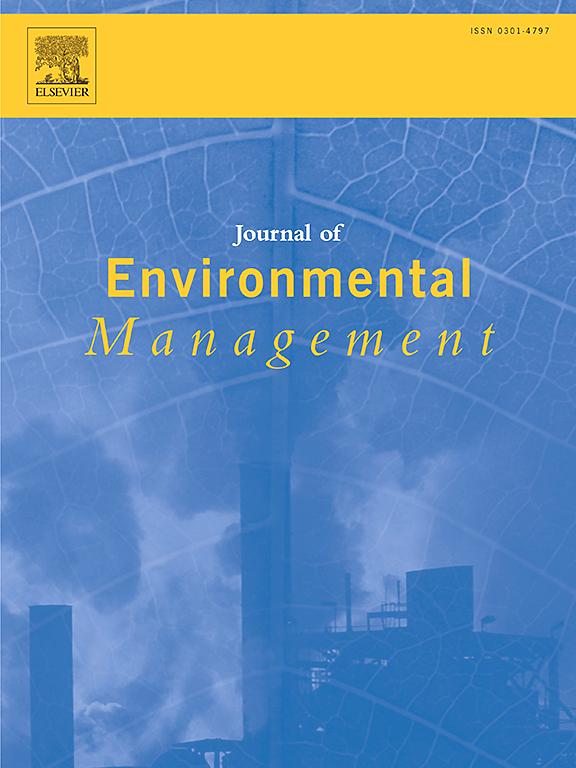The pH-sensitive polymerization process of phenol on hexagonal birnessite
IF 8
2区 环境科学与生态学
Q1 ENVIRONMENTAL SCIENCES
引用次数: 0
Abstract
Birnessite, a common manganese oxide present in soil, interacts with organic compounds through various mechanisms, including adsorption, oxidative decomposition, and oxidative polymerization. However, this polymerization pathway has been relatively underreported. This study focuses on the reaction pathways of phenols on hexagonal birnessite and the contribution of polymerization process. The results indicate that about 94 % of phenol can be effectively removed by birnessite from solution via polymerization and degradation processes under acidic conditions. When solution initial pH is 2.0, approximately 80 % of phenol undergoes the polymerization pathway, which is predominantly influenced by solution pH, while the other 20 % undergoes degradation pathway. The polymeric products and intermediates were further analyzed. Moreover, the polymerization mechanism was elucidated. Specifically, the zero-point charge (pHPZC) of the hexagonal birnessite is 2.44. When the solution pH is below this pHPZC, phenol is adsorbed to the surface of birnessite, subsequently undergoing a two-electron transfer process to generate phenoxonium ion intermediates, which subsequently condense into multimers. These findings provide new insights into the influence of birnessite on the fate of phenolic pollutants through the polymerization mechanism.

求助全文
约1分钟内获得全文
求助全文
来源期刊

Journal of Environmental Management
环境科学-环境科学
CiteScore
13.70
自引率
5.70%
发文量
2477
审稿时长
84 days
期刊介绍:
The Journal of Environmental Management is a journal for the publication of peer reviewed, original research for all aspects of management and the managed use of the environment, both natural and man-made.Critical review articles are also welcome; submission of these is strongly encouraged.
 求助内容:
求助内容: 应助结果提醒方式:
应助结果提醒方式:


